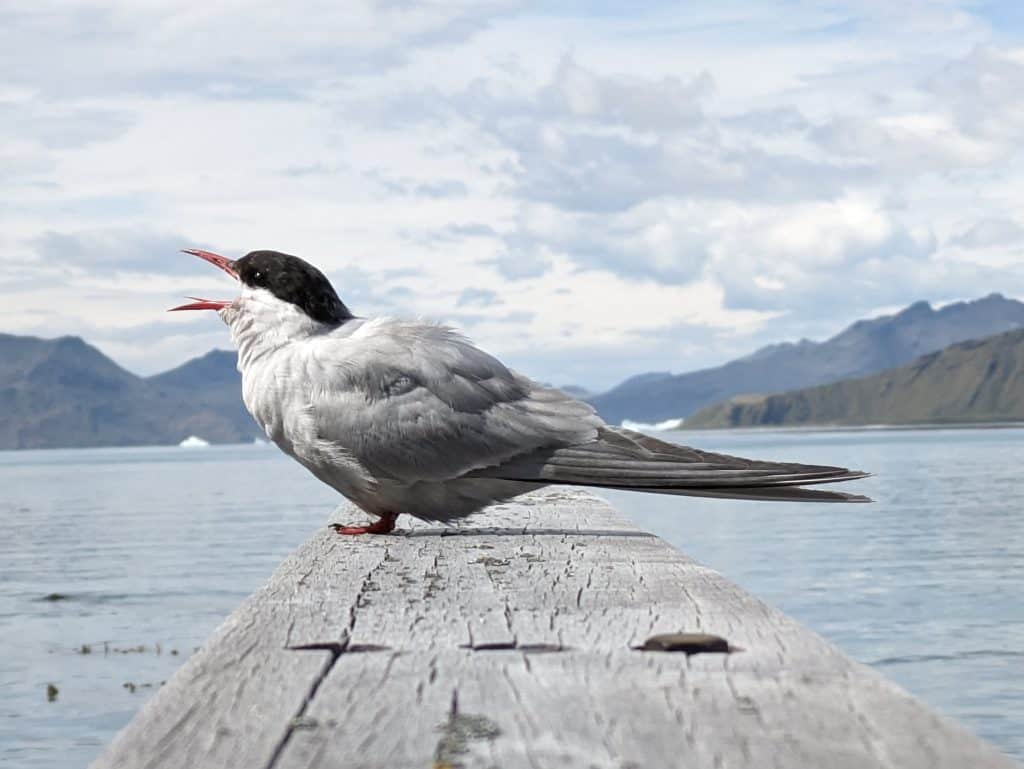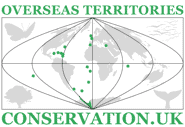
Member and Associate Organisations
Current Member and Associate organisations for individual UK Overseas Territories and Crown Dependencies are:
The Alderney Wildlife Trust evolved from the island’s conservation volunteer organisation, in 2002, to help manage and protect Alderney’s diverse habitats from the threat of inappropriate new development and large-scale agricultural abandonment.
Since then, the Trust has expanded rapidly, with a growing number of dedicated members and volunteers, both on and off island.
The Trust’s role within Alderney has also grown, with activities now ranging from environmental consultancy and implementing sustainable projects, to running surveys and species-counts as well as creating new wildlife havens.
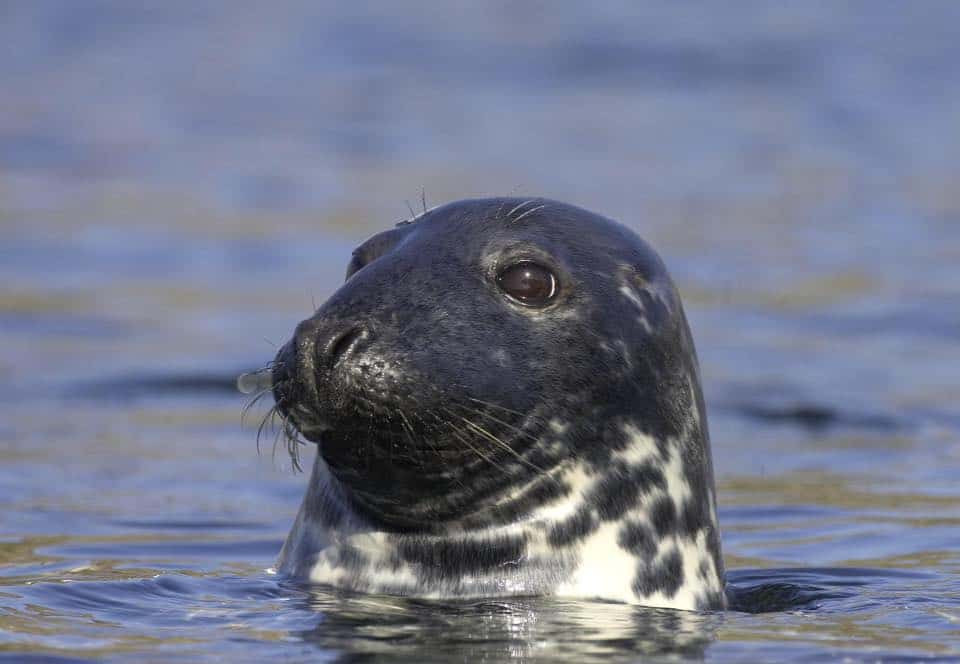
As a Crown Dependency, Alderney lies outside both the UK and European Union legislative framework for the protection of the natural environment, and its government lacks the resources to employ staff with training in nature conservation. Because of this, the Trust fulfils a unique role maintaining an active partnership with the local government and other Channel Islands, UK and European conservation councils and research groups, to protect and conserve Alderney’s wildlife.
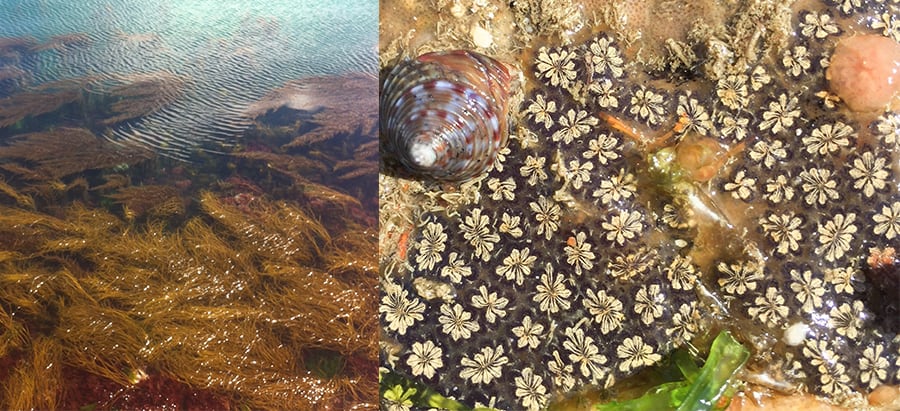
Left: inshore marine habitat – Copyright: UKOTCF; Right: Star ascidians – Copyright: Alderney Wildlife Trust
Its work focuses on the challenge of aiding the island’s wildlife, whether it is recording the latest puffin sighting to building new footpaths along one of the island’s reserves. The Trust also helps other projects, including scientific ecological studies, governmental planning and biological conservation schemes.
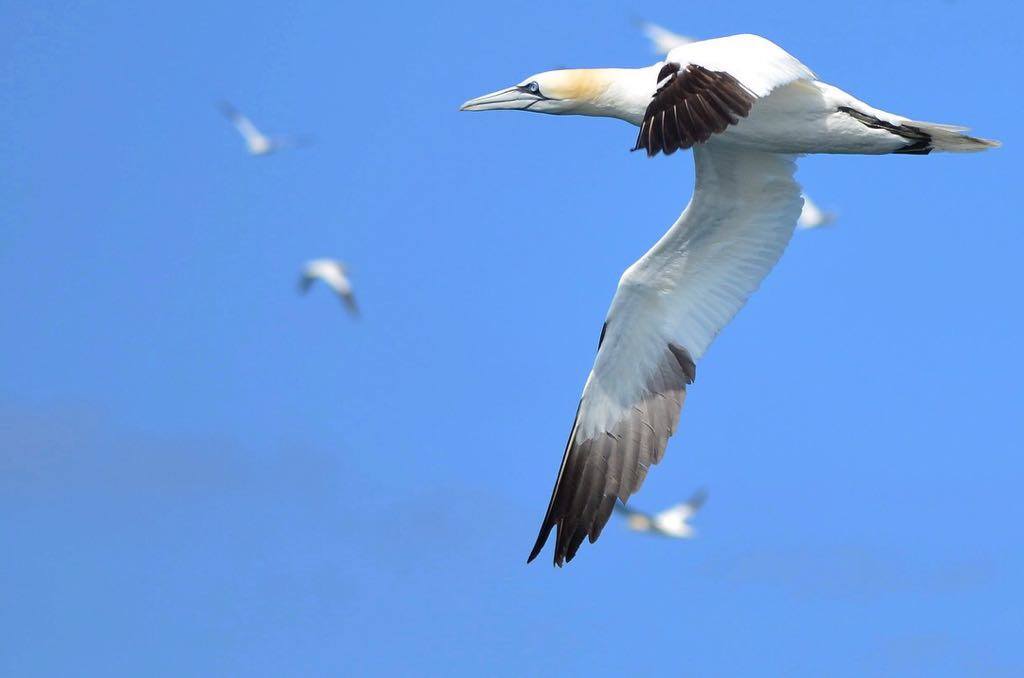
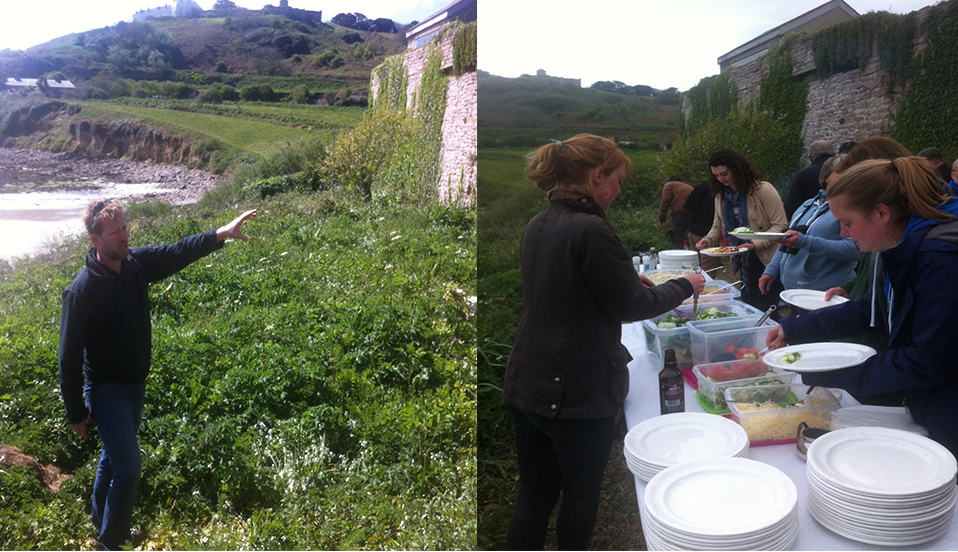
Left: AWT Manager Roland Gauvain shows UKOTCF around the site;
Right: A few days later the site has been cleared by AWT volunteers ready to host the BBQ;
Copyright: UKOTCF

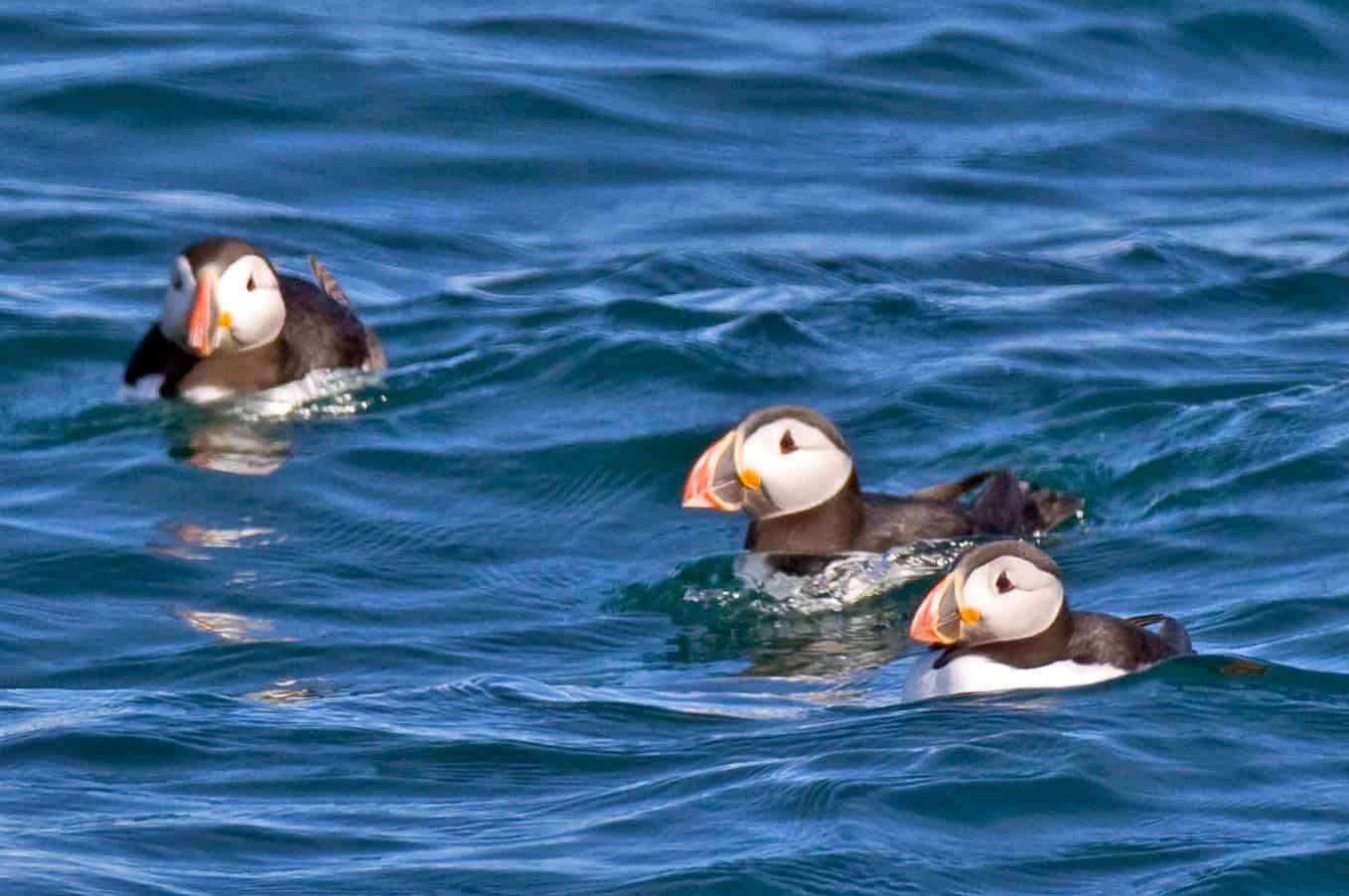
The Anguilla Archaeological and Historical Society aims are to protect and preserve Anguilla’s shared cultural heritage; document and record findings of archaeological or historical significance on Anguilla; encourage reports of discoveries or research of an archaeological or historical nature on Anguilla; encourage the passing of supportive legislation on Anguilla; do all such other things as will promote the aims of the society.
The Society is made up of a group of dedicated volunteers. Current projects include the erection of signs at historical sites, planning for the Anguilla Museum project, identification of Anguilla shipwreck sites for future protection, and the recording of the historical events in Anguilla’s past.
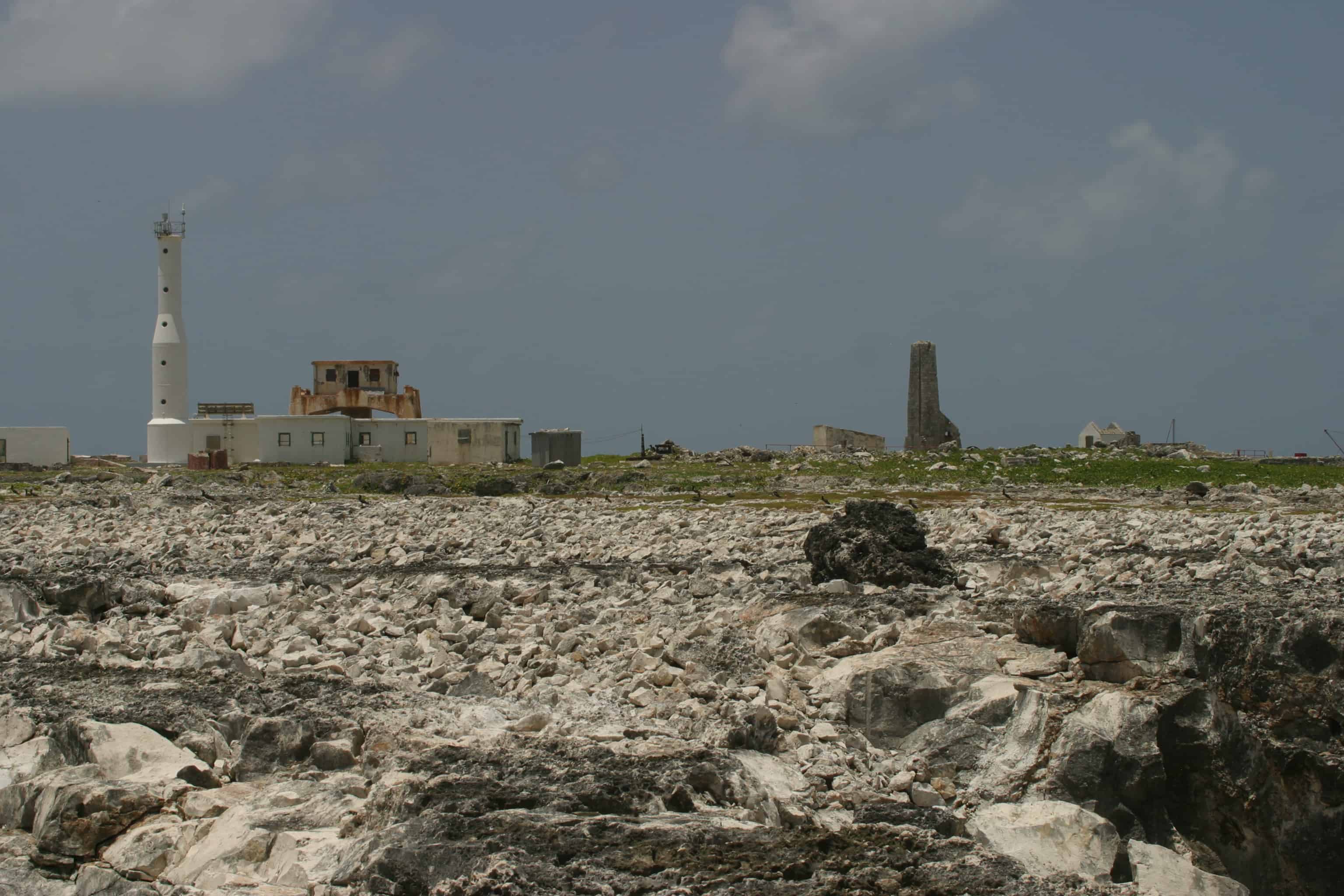
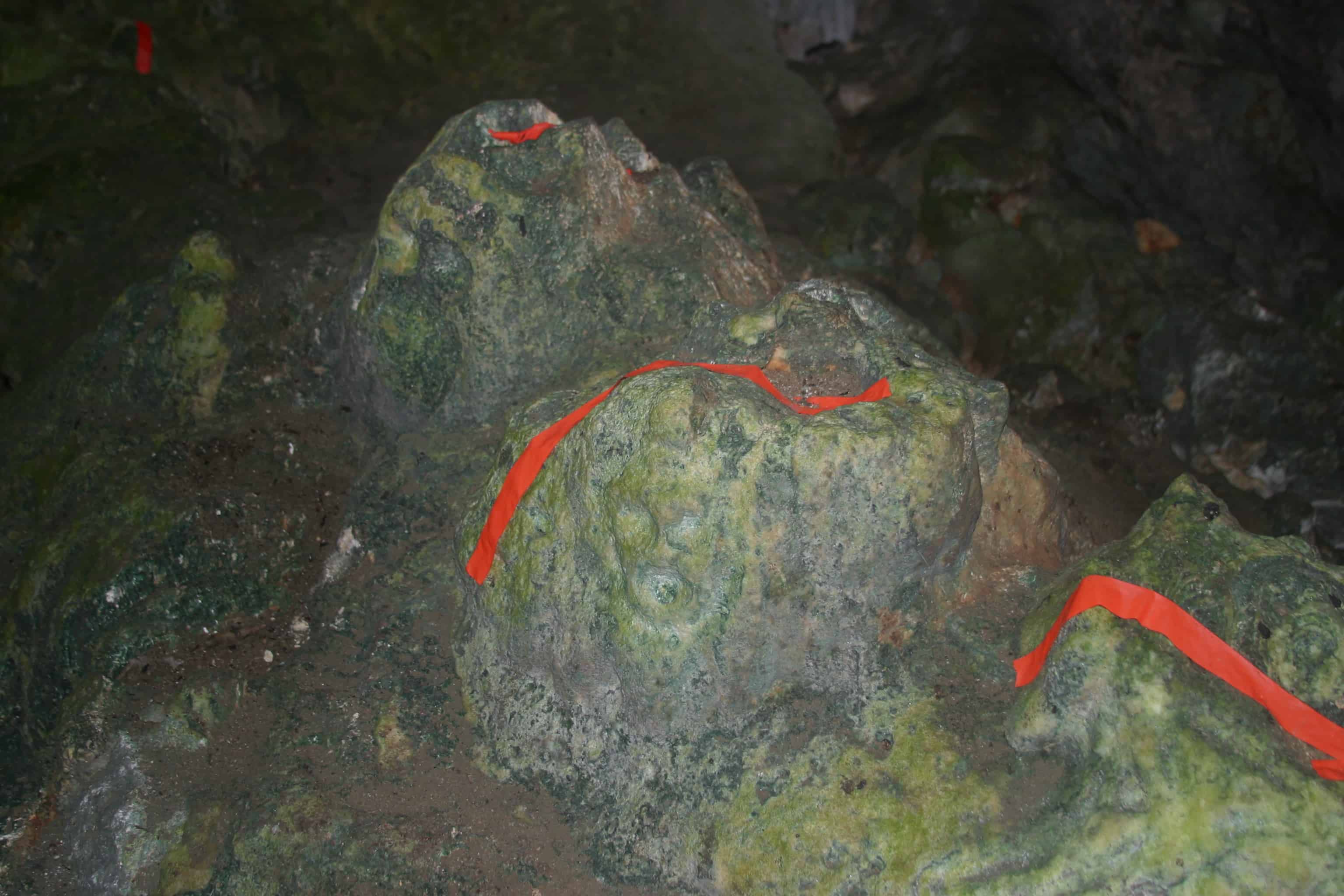
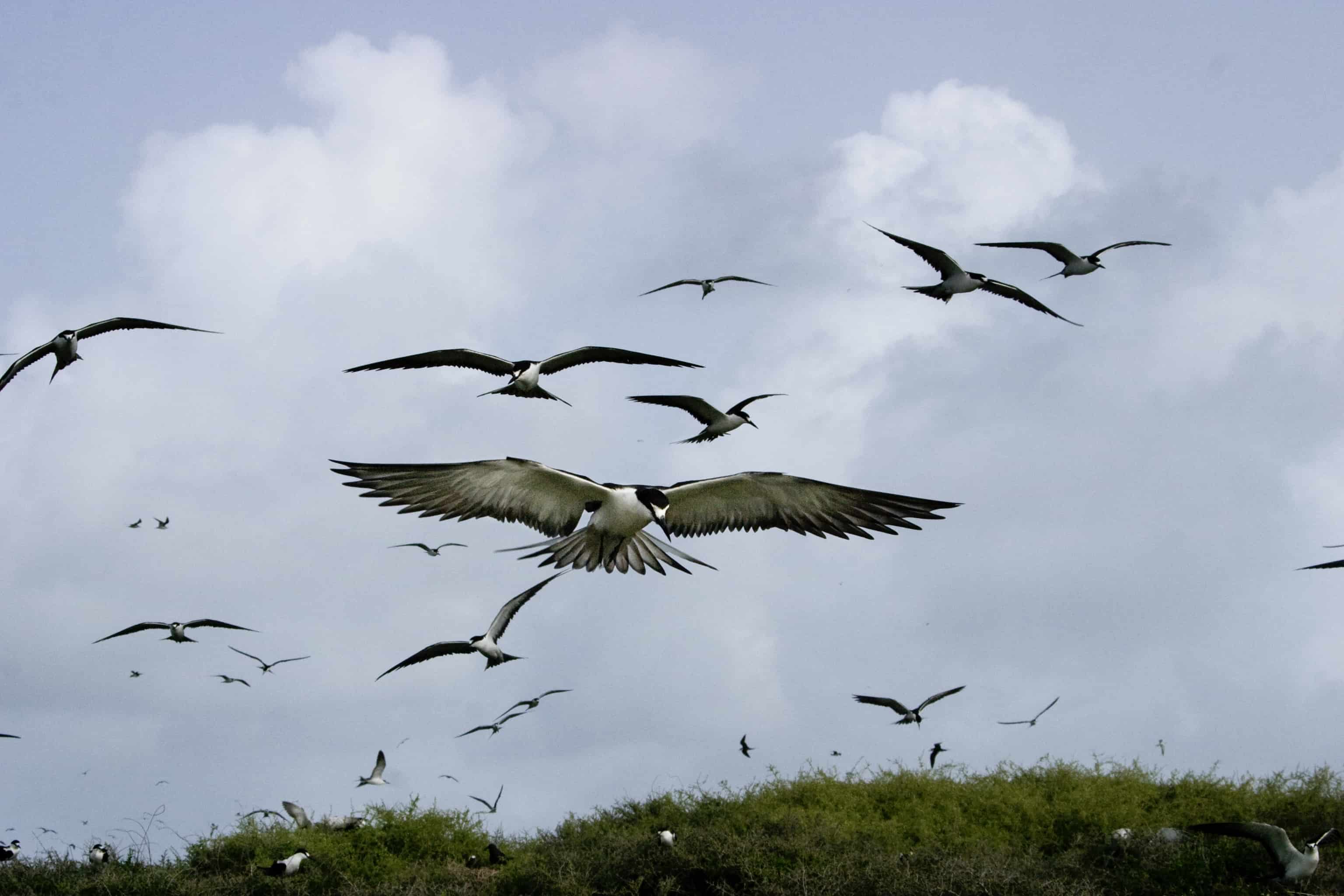
The Trust’s Facebook page gives regular updates on project activities such as the Sea Turtle Monitoring Programme; Wetland Bird Monitoring; Adventure Anguilla – a week-long outdoors programme that seeks to raise awareness amongst Anguilla’s youth about the importance of and interconnections among the island’s land, marine, and coastal ecosystems.
The Ascension Island Government Conservation Department was established in 2001 when the British Foreign and Commonwealth Office (FCO) working with UKOTCF and its Members, funded the Seabird Restoration Project on Ascension Island. Since then, the department has developed from a single Conservation Officer to one with a small staff, including dedicated volunteers, and receives support from the Ascension Island Government and other sources.
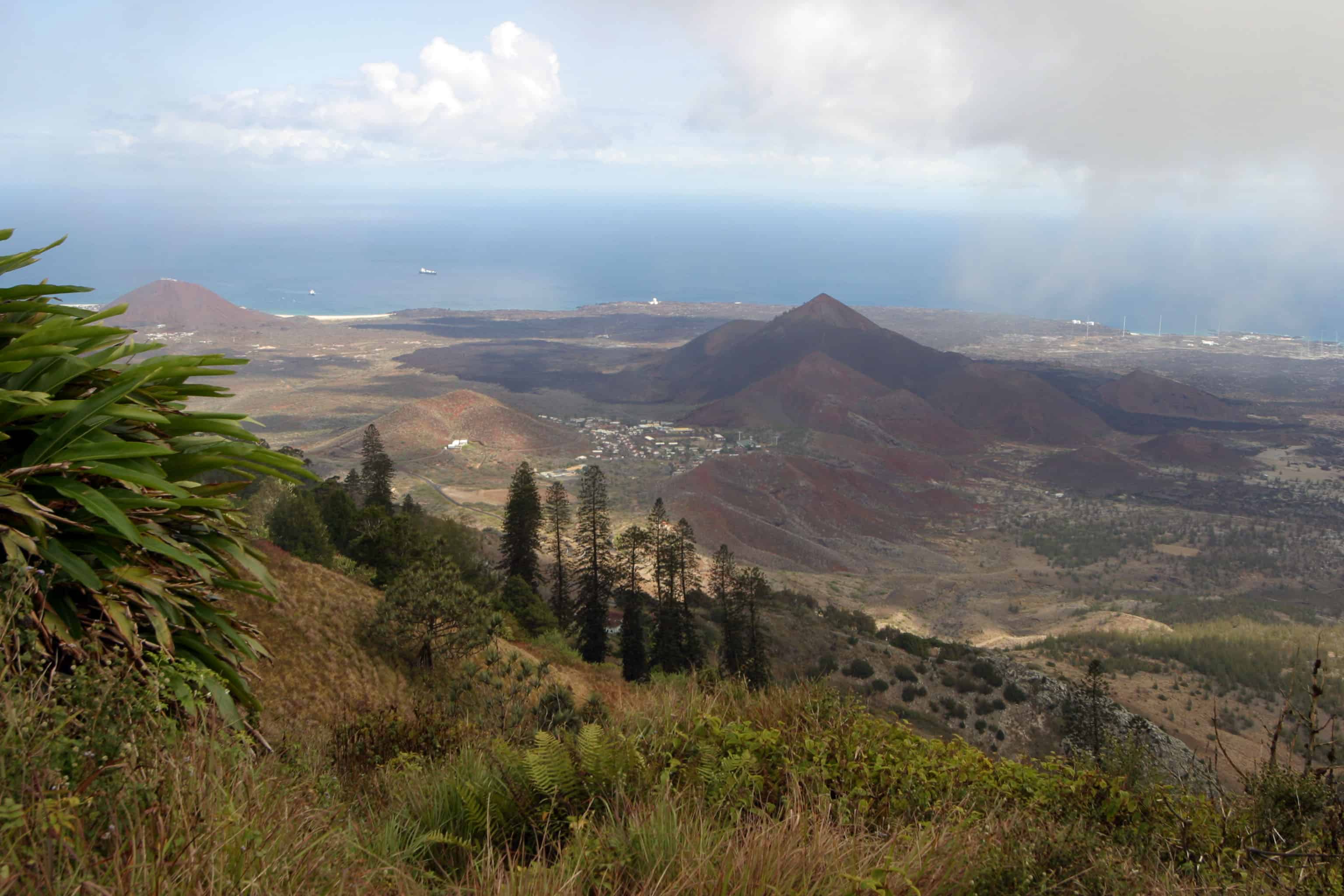
The Ascension Conservation Centre (of the Island Government) aims to conserve Ascension natural heritage by implementing the Government’s commitments under the Environment Charter. Projects include: seabird monitoring, restoration of habitats, re-introductions of endemic plants and environmental education.
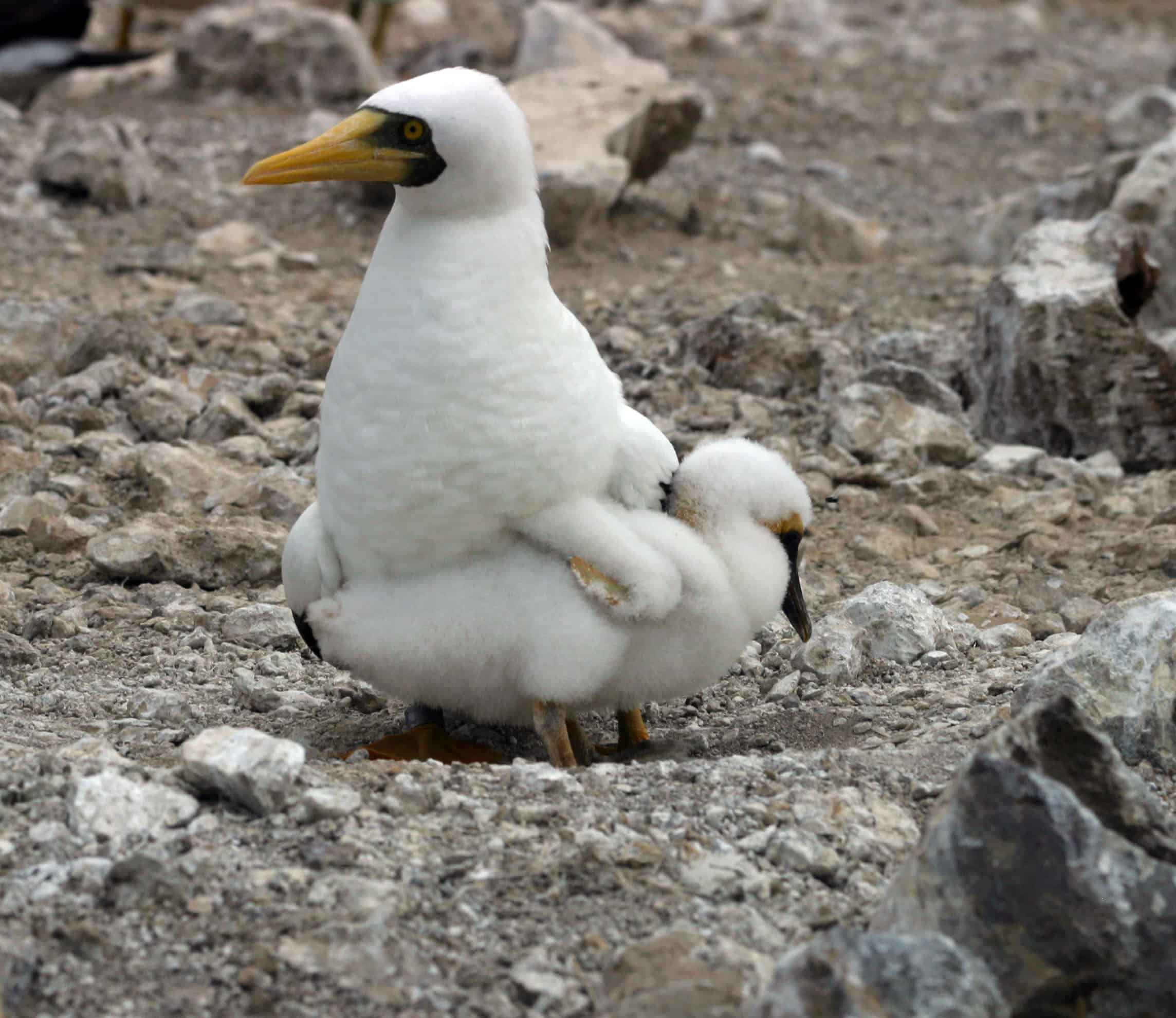
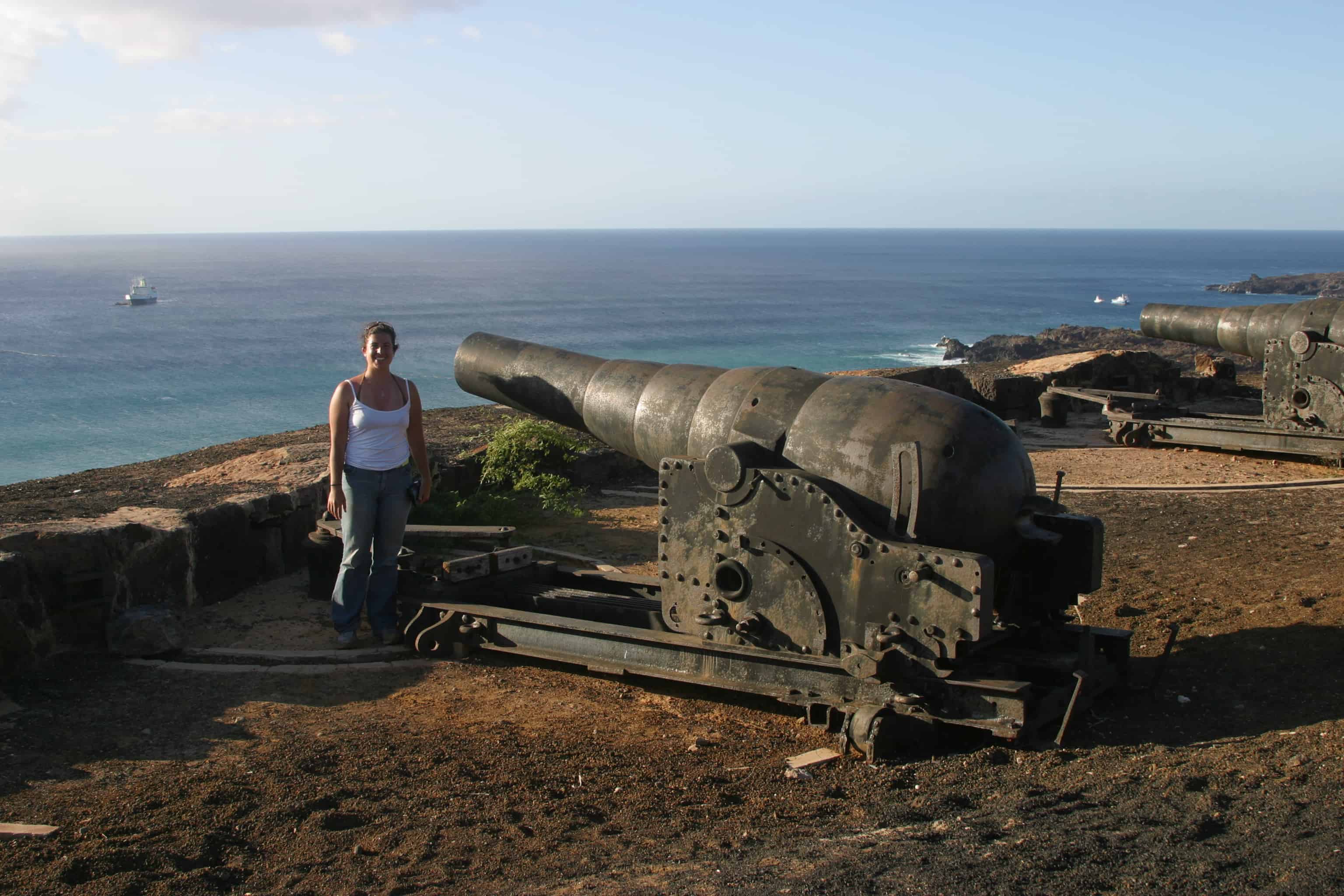
Founded in 1954, the Bermuda Audubon Society is a non-profit-making registered charity run by an Executive Committee of volunteers. The Society aims to conserve Bermuda‘s special bird life and habitats for the benefit of all. Since 1963, it has acquired 15 nature reserves totalling some 60 acres, which it now manages.
The objectives of the Society are: to arouse through education, public recognition of the value of, and need for, protecting wild birds and animals, plants, soil and water, as well as the interdependence of these natural resources; to cooperate, as occasion prompts, with conservation agencies, and with private associations devoted to the interests of conservation and to education in the field of natural resources; to engage in such educational, scientific, literary, historical, philanthropic and charitable pursuits as may be a part of the aforementioned objectives.
Th
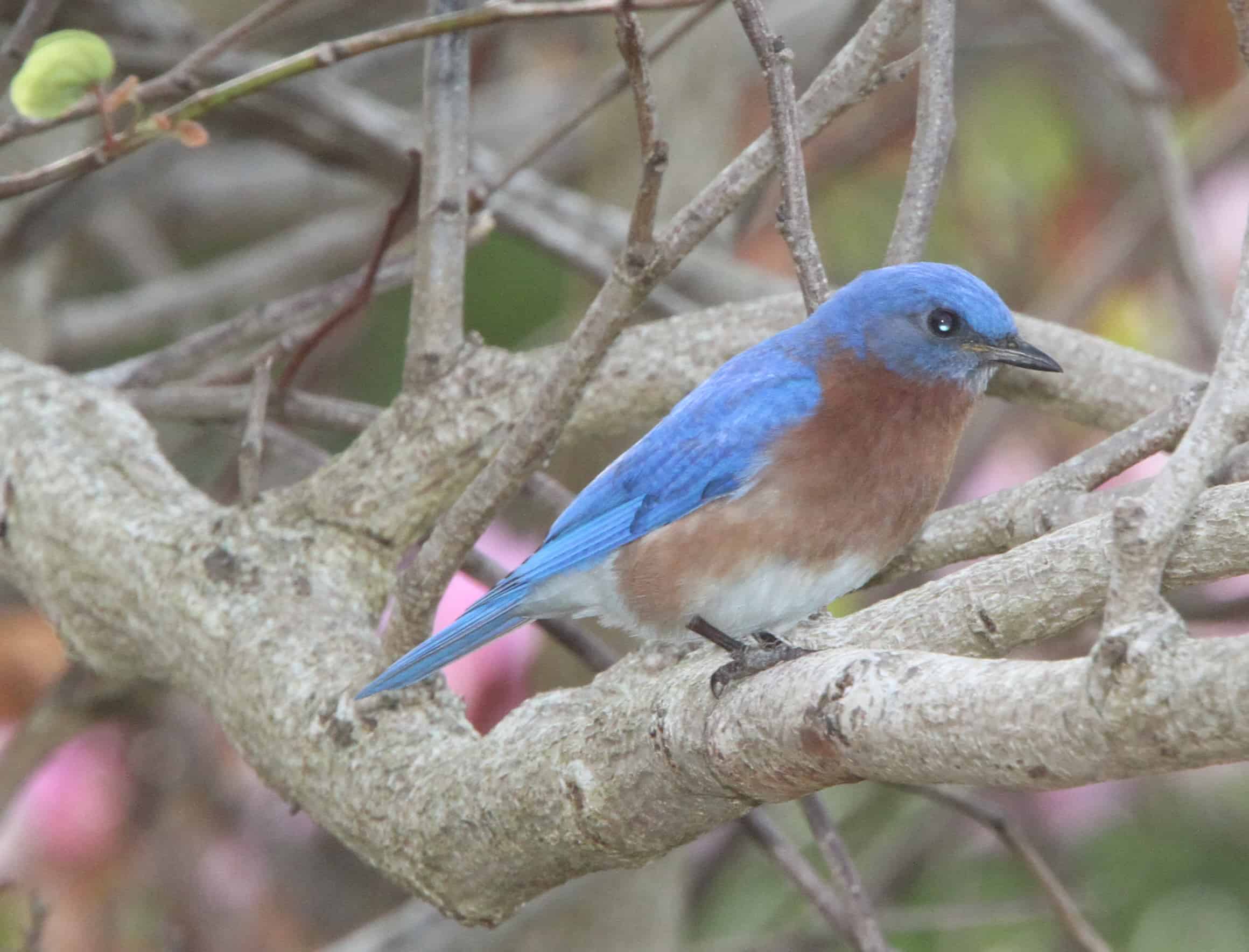
e Society is concerned with the monitoring of birds in and around Bermuda and works with partners to ensure the protection of the only endemic bird species, the Bermuda petrel or cahow, which now breeds on Nonsuch Island.
The Society is a partner with the Bermuda National Trust in the Buy Back Bermuda campaign, which aims to purchase areas of open space using public donations in order to safeguard them for future generations. As a result of the campaign, the Society is now involved in enlarging and restoring wetland habitats and protected areas, which are now owned by the people of Bermuda.
The Bermuda National Trust is a non-profit registered charity, founded in 1969 for the protection and preservation of Bermuda’s natural and cultural heritage.
The National Trust cares for 70 properties representing much of the best of Bermuda‘s heritage – a rich variety of traditional historic houses, islands, gardens, cemeteries, nature reserves and coastline. In addition, three museums display an outstanding collection of artefacts owned and made by Bermudians, and tell the intriguing story of the island’s development.
Historic preservation is the core activity of the Trust. Through ownership and stewardship programmes, the Trust has been able to renovate and maintain numerous historic buildings and properties.
The Trust plays a leading role in environmental stewardship in Bermuda, owning more than 250 acres of open space. Many of these areas are made accessible to the public for recreation and education, including Warwick Pond, Paget Marsh, Spittal Pond, Gladys Morrell Nature Reserve and Gilbert Nature Reserve. For responsible development of property by individuals or businesses, the Trust is supportive of the Bermuda Plan 1992 Planning Statement. The Trust, together with the Bermuda Audubon Society, is a partner of the Buy Back Bermuda Campaign aimed at the purchase of open space so that future generations can enjoy the natural environment of Bermuda.
Through collaborative efforts with various partners, the Trust’s Environmental Conservation Office works on environmental projects, public programmes and issues of concern to the local community to determine the best course of action.
The Trust aims to develop educational programmes that make use of the Trust’s resources to educate Bermuda about their history, preservation and the environment. Through relevant and engaging programmes, they aim to foster knowledge and stimulate interest, respect and appreciation for Bermuda’s natural and human heritage.
The Bermuda Zoological Society (BZS) was established in 1978. With a membership of 15% of all Bermuda residents, the BZS is one of the largest and most respected organizations in the community
Personal and corporate members, donors and volunteers offer generous support enabling the BZS to fulfil its mission. The goal of the BZS is to enhance the Bermuda Aquarium, Museum & Zoo (BAMZ) for the benefit of Bermuda, its residents and visitors. It does this by supporting the ongoing development of BAMZ and its educational and research programmes, and organizes special events and exhibits.
The United Kingdom Antarctic Heritage Trust is a charity, registered in 1993. It was inspired by a keen awareness, not only of the relevance of Antarctica to issues of global importance, but also the need to recognise Britain’s long and distinguished part in Antarctic exploration and scientific research.
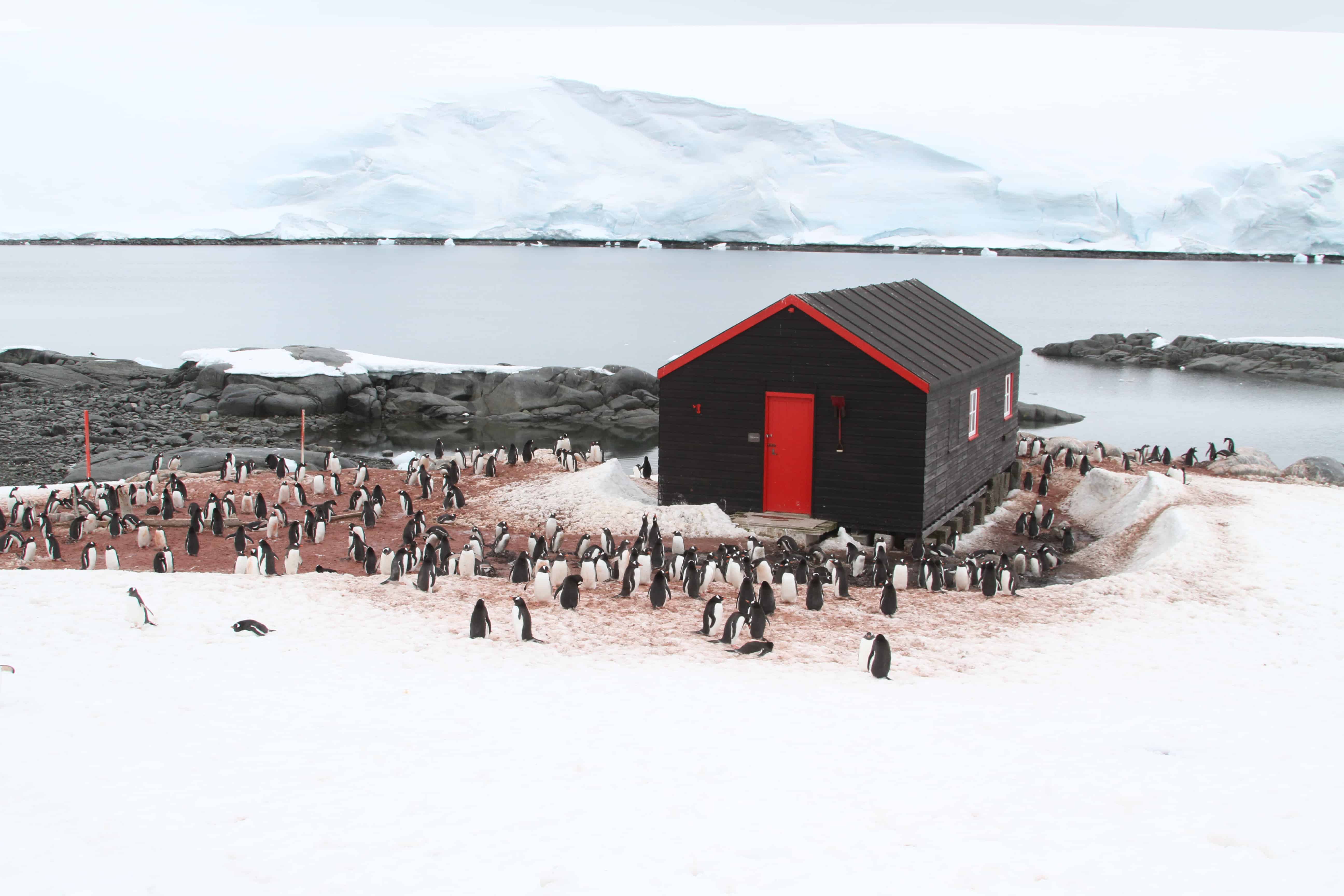
The United Kingdom Antarctic Heritage Trust exists to preserve Antarctica’s historic past now and in the future. The Trust needs help to:
- conserve selected buildings on and around the Antarctic continent for the education and enjoyment of visitors.
- help with the acquisition and preservation of Antarctic historical artefacts.
- promote educational initiatives, stimulate interest in the scientific and human history of Antarctica and their relevance to the modern world.
- run a Friends of Antarctica membership organisation and maintain good liaison with kindred organisations.
The National Parks Trust of the Virgin Islands (NPTVI, formerly the “British Virgin Islands National Parks Trust”) was established under the National Parks Ordinance of 1961 as a statutory body responsible for parks and protected areas in the British Virgin Islands. Over the past 50 years, however, the NPT has grown from a voluntary organisation to a professionally staffed operation.
Its responsibilities have also increased from managing one National Park (Sage Mountain) in 1964 to managing 21 National Parks. The last to be declared a National Park was Sandy Cay in 2008 and it is anticipated more parks will be declared in the future.
The Trust’s work also includes Species Restoration, Marine Conservation, Reforestation, Historical Preservation, Biodiversity Research and Conservation and Youth Environmental Education.
Jost Van Dykes Preservation Society is a not-for-profit organisation, “‘dedicated to the preservation of the island of Jost Van Dyke [in the British Virgin Islands] – its land, the surrounding sea, its living creatures, and its culture through conservation, cultivation, education, and research”.
JVDPS is focusing on several projects: Maritime Heritage Programme (the building of a 32-foot wooden island sloop, the Endeavour II, and development of maritime heritage programme involving research, youth training and education with funding awarded by UNESCO); Community-based Programme Advancing Environmental Protection and Sustainable Development (baseline research and publication of an Environmental Profile for Jost Van Dyke, along with a number of public outreach activities and the development of a community research and monitoring programme); Protection of Native Fauna through Invasive Species Control (a programme to protect native birds and reptiles through feral cat and mongoose control).
The National Trust for the Cayman Islands exists to preserve natural environments and places of historic significance in the Cayman Islands for present and future generations. The Trust’s work at this time focuses on Environmental Conservation through establishing a system of nature reserves and Historic Preservation, by the identification and restoration of Cayman’s built heritage.
Public education is a strong element of the work of the Trust, with the understanding that developing widespread appreciation and awareness of Cayman’s natural and historic heritage is critical to preservation.
The Trust instituted its Historic Plaque Programme in 1995, to increase the public’s appreciation and respect for buildings and sites important to Cayman’s heritage; to foster and encourage the preservation of privately owned buildings of architectural or historic significance; and to provide visual reminders of places of historic interest for residents and visitors to the Cayman Islands.
The National Trust’s Environmental Programmes directly supports the Ministry of Environment. The area of Trust-owned environmentally important lands now stands at 1,980 acres, thanks to land purchase (possible though cash donations), gift or crown-transfer. Setting priorities for acquisition of protected areas, and managing them once they are protected, requires scientific information about the Cayman Islands’ natural environment. A detailed survey of our remaining dry forests has been a focus since 1997, with the launch of the Biodiversity Survey, together with ongoing environmental research facilitated by the Trust’s Visiting Scientists Programme.
Certain endangered species unique to the Cayman Islands are faced with problems so severe that habitat protection alone cannot secure their long-term survival. The Trust therefore also engages in several species conservation programmes.
The Central Caribbean Marine Institute (CCMI) was founded in 1998 and in 2005 they opened the Little Cayman Research Centre (LCRC). Their aim is to be the premiere research and education facility in the Caribbean where important work is being conducted to improve the conservation of tropical marine ecosystems.
They provide training for early career scientists, marine resource managers, and students. Their resident research is on invasive species (lionfish), threatened species (groupers and corals), climate change, and coral regeneration. Little Cayman harbours some of the most biologically diverse Caribbean reef systems and the island therefore affords rich opportunities to address global issues concerning climate change, marine protection, fisheries management and coral reef stress and resilience.
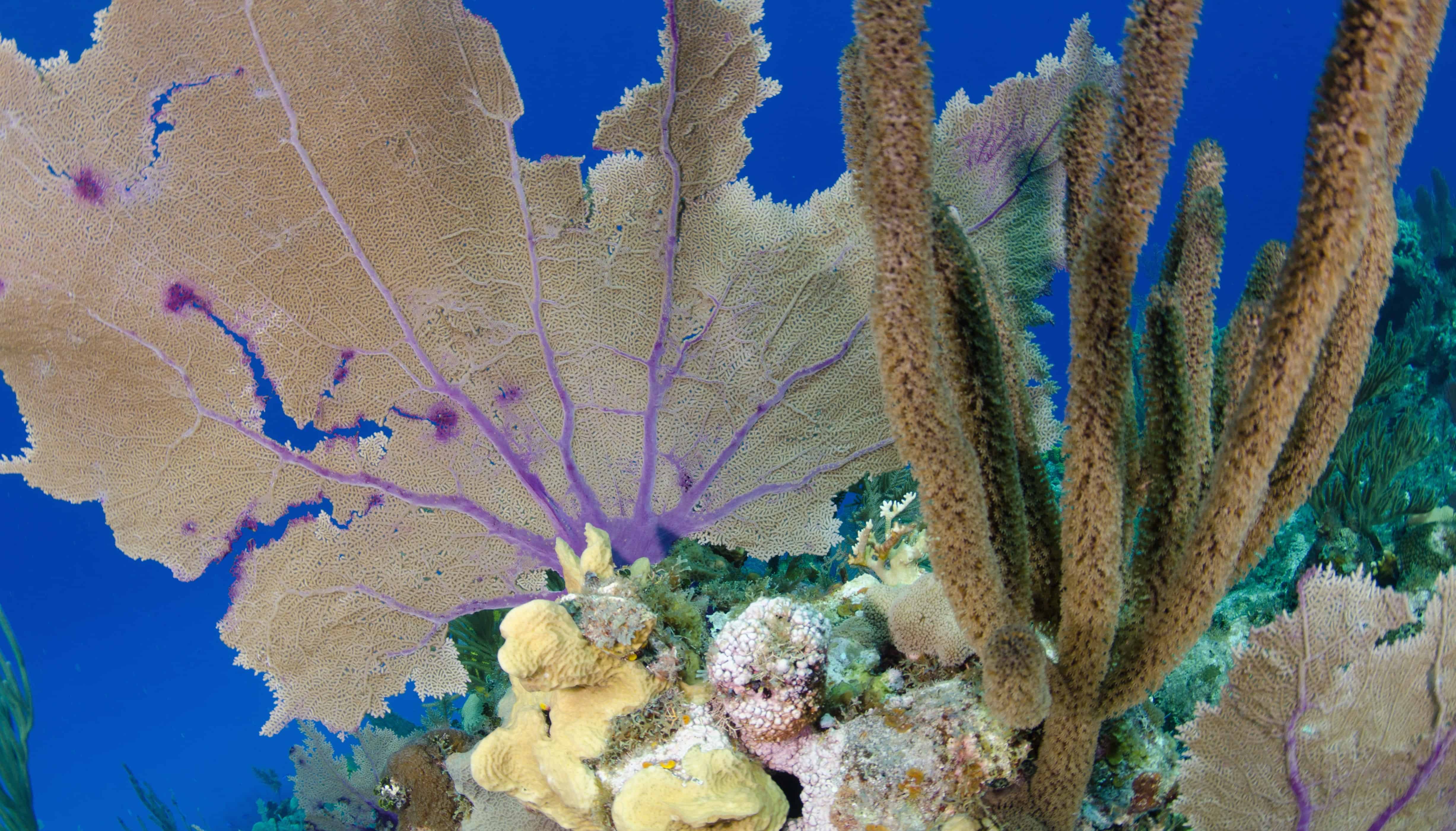
The Chagos Conservation Trust is a charitable association, established in 1992 (as Friends of the Chagos), whose aims are to promote conservation, scientific and historical research, and to advance education concerning the Chagos Archipelago in the British Indian Ocean Territory.
Its vision is to ensure that the globally important natural environment of the Chagos is well protected, conserved and understood, inspiring the better management and protection of our planet.
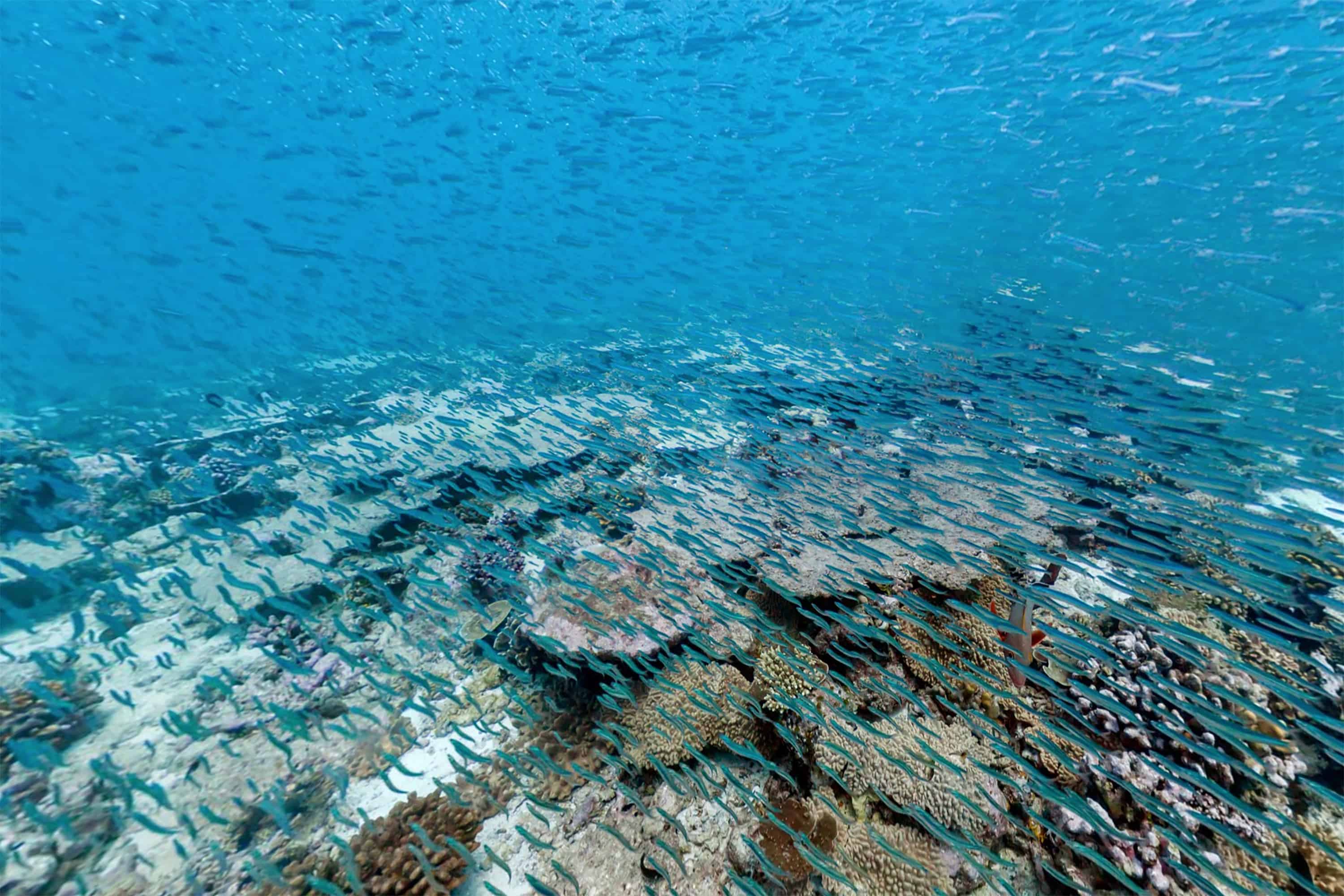
CCT works to advance international understanding of the global environmental importance of the Chagos, to ensure its protection for the wider public benefit.
It has led many expeditions to the territory and, through these, has amassed a considerable amount of scientific data. In 2017, it launched the Chagos Information Portal (ChIP) to bring together this information in a meta-catalogue.
The Akrotiri Environmental Education Centre was established in 2004 at Akrotiri village in the Western Cyprus Sovereign Base Area. Its main purpose is to offer environmental education programmes to school groups from all over Cyprus. A primary aim is to promote the significance and uniqueness of the Akrotiri Peninsula through educational programmes and exhibits. The Centre receives organized school visits for environmental education, as well as individuals, families and other groups for environmental information.
It is part of the Network of Environmental Education Centres of the Ministry of Education and Culture of the Republic of Cyprus. Its main source of funding comes from the Sovereign Base Areas Administration and its operation is on the basis of cooperation between the Bases, the Republic of Cyprus, the local community and various non-governmental organisations.
It has about 10,000 visitors every year, of which half are with organised school groups for environmental education. The Centre provides various educational programmes based on an interdisciplinary approach which focuses on active participant involvement at all stages.
The programmes are based on the important elements of Akrotiri Peninsula and use the environment as a natural classroom. Children familiarise themselves with environmental issues such as the connection of humans with their environment, through active involvement and critical thinking. They are given the opportunity to study some of the important elements of the area and meet local Akrotiri village people who support ardently the operation of the Centre within their community.
BirdLife Cyprus, which was formed in 2003, is a non-governmental, non-profit, registered organization (NGO) that works to conserve wild birds, their habitats and wider biodiversity in Cyprus, through research, monitoring, lobbying and conservation and awareness-raising actions. It is the National Partner of BirdLife International, a global partnership of nature conservation organisations working in more than 100 countries worldwide. BirdLife Cyprus is currently the most active conservation organisation in Cyprus, and its work includes projects in the British Sovereign Base Areas (which are UKOTs), in collaboration with the SBA authorities. BirdLife Cyprus implements or takes part in research and conservation projects, including long-term monitoring programmes, and projects for the conservation of individual species and sites.
BirdLife Cyprus runs campaigns against illegal bird trapping and poaching, for the designation and protection of Important Bird Areas as Special Protection Areas, and in the areas of agriculture, education and awareness-raising.
In 2017, working alongside the Akrotiri Environmental Education Centre on a Darwin-funded project, BirdLife Cyprus restored an area of marsh and added several birdwatching hides to encourage tourists to visit the unique wetland site. Forum News 47 (p 25) outlines the launch of the new hides.
Falklands Conservation is a non-governmental organisation working to protect the wildlife and natural environment in the Falkland Islands for future generations. We undertake practical conservation projects, including habitat restoration, working with local landowners and organisations to protect and restore our unique environment. We also conduct surveys and scientific studies, annual monitoring of seabird populations, rehabilitate oiled penguins, and publish guides and information on many aspects of the Falkland Islands environment. Falklands Conservation is currently the largest membership based conservation charity in the Islands since 1979 and we are lucky to have a wide range of volunteers, members, and corporate supporters of all ages involved in our activities, including our youth group for children from aged 8 onwards, the Watch Group.
The Gibraltar Ornithological & Natural History Society (GONHS), founded in 1976, is a non-governmental, membership-based organisation committed to research into, and conservation of, nature in Gibraltar and the region of the Strait of Gibraltar. The Gibraltar Ornithological & Natural History Society is active in a wide range of activities.
The Straits of Gibraltar Bird Observatory consists of members who primarily devote themselves to bird watching and bird ringing as well as other ornithological studies, both in Gibraltar and in Spain. During easterly winds, the bird-ringers of the Famous Grouse Ringing Group catch, ring and release birds, increasing knowledge of migratory birds.
Ongoing marine projects include the building of artificial reefs and scientific monitoring of pelagic marine mammals in the Straits, as well as marine life closer to shore. Members have helped with surveys, setting-up boxes for bats and reintroduction projects.
The Raptor Rehabilitation Unit is a specialised team dealing with the rehabilitation primarily of birds of prey, but of other birds also. Gulls and falcons regularly injure migrant birds of prey and others are taken illegally and need help to get back to the wild.
The small but dedicated Invertebrate Section, is currently cataloguing Gibraltar’s largely unexplored invertebrate fauna. Interests within the section include Molluscs, Isopods, Coleoptera (beetles), Lepidoptera (butterflies & moths) and Odonata (dragonflies & damselflies). The section is also very keen on identifying habitats that are of particular importance to invertebrates, particularly rarer species, with a view to making recommendations on their management and conservation.
The Caves and Cliffs Section, composed of experienced and skilled climbers, provides a wide and varied supporting role, like rescuing birds from cliffs, seeking out rare plants, and cleaning inaccessible areas. They are involved also in research into the climate of caves.
In 2015, GONHS worked in partnership with the Government of Gibraltar and UKOTCF to organise the Gibraltar Conference for conservation practitioners and the first meeting of UKOT/CD Environment Minist
La Société Guernesiaise was founded in 1882 to encourage the study of the history, natural history, geography and geology of the Bailiwick of Guernsey, the conservation of the Bailiwick’s natural environment and the preservation of its historic buildings and monuments. La Société:
- Publishes an Annual Report and Transactions and regular newsletters
- Holds meetings, lectures, excursions and events
- Manages nature reserves
- Carries out research, gathers environmental data and maintains a research library and collections
- Publishes books and other publications
- Provides advice on conservation issues.
La Société owns, leases or manages some 30 separate areas of land. These include the four major reed-beds on the island, and some superb orchid fields, which are considered to be some of the best in the British Isles
The Department for Environment, Food and Agriculture supports, and works in partnership with, the Isle of Man’s agricultural and aqua-cultural industries in order to facilitate a reliable, sustainable and self-reliant Manx food chain that can both maintain and increase international and on-island trade and create new trading relationships.
It manages and develops support schemes for the agricultural industry and offers technical advice, training, education and non-commercial services to assist Manx agriculture to evolve in both a sustainable and profitable manner.
DEFA promotes policies and actions to ensure we have a secure and sustainable future. In particular, we will look at the challenges we all face as a result of climate change;
It provides advisory, monitoring and regulatory functions which ensure our food is fit for human consumption, the public is not exposed to agents that adversely affect our health, and no significant pollutants are allowed to be discharged into our water, land or air.
Management and protection of fisheries and their supporting ecosystems within the Island and its Territorial Sea is done by close collaboration with the Manx fishing industry, anglers, wildlife groups and other stakeholders, to develop innovative and dynamic management and marketing measures that seek to balance the social, environmental and economic needs of the Island and meet our international obligations.
DEFA manages sensitively and encourages recreational and commercial activity across the estate for the benefit of the public, whilst ensuring that the plantations, National Glens and hill land are not affected detrimentally.
Monitoring and protecting tree health as far as possible and maintaining the woodland environment and character of the countryside is done by rigorously enforcing Tree Preservation legislation as regards private felling and arbocultural operations.
DEFA ensures that the valuable resources of wild animals and natural habitats are managed properly and conserved effectively for future generations, and provides scientific support to all Government Departments, primarily in the form of an analytical and testing service.
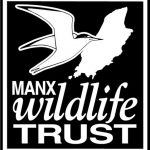
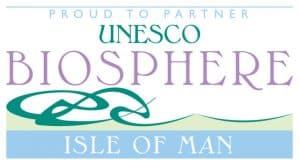 Manx Wildlife Trust (MWT) was founded in 1973 and we are the leading nature conservation charity in the Isle of Man, caring for land, sea and freshwater environments. We work hard, as an independent charity, to protect our Island’s wildlife and help people feel more connected to nature. Our vision is the Isle of Man’s land and waters rich in wildlife, where nature matters to all, and we aim to achieve this through our mission to protect and enhance our environment, create more spaces for wildlife, and inspire people to act for nature. MWT are proud to partner UNESCO Biosphere Isle of Man, which is the only entire biosphere island nation in the world.
The Isle of Man (IOM) is a UK Crown Dependency and, along with the Alderney Wildlife Trust, MWT are the two UKOTCF members of the Federation of 46 Wildlife Trusts across the British Isles. As an island nation, IOM has a wide range of diverse habitats, but with over 87% of Manx territory being marine, this is a large part of what we do. Our living seas programme is all about creating healthy seas that are rich in wildlife. Our work includes monitoring our small shark species through a tagging programme, attending dead marine megafauna strandings, encouraging puffins to nest on the Calf of Man, continuing to monitor seal pup births around the Calf, assisting with cetacean and basking shark research, and monitoring non-native invasive species. There are now 10 marine nature reserves around the Island and we help with their designation and support the IOM Government in managing them.
Manx Wildlife Trust (MWT) was founded in 1973 and we are the leading nature conservation charity in the Isle of Man, caring for land, sea and freshwater environments. We work hard, as an independent charity, to protect our Island’s wildlife and help people feel more connected to nature. Our vision is the Isle of Man’s land and waters rich in wildlife, where nature matters to all, and we aim to achieve this through our mission to protect and enhance our environment, create more spaces for wildlife, and inspire people to act for nature. MWT are proud to partner UNESCO Biosphere Isle of Man, which is the only entire biosphere island nation in the world.
The Isle of Man (IOM) is a UK Crown Dependency and, along with the Alderney Wildlife Trust, MWT are the two UKOTCF members of the Federation of 46 Wildlife Trusts across the British Isles. As an island nation, IOM has a wide range of diverse habitats, but with over 87% of Manx territory being marine, this is a large part of what we do. Our living seas programme is all about creating healthy seas that are rich in wildlife. Our work includes monitoring our small shark species through a tagging programme, attending dead marine megafauna strandings, encouraging puffins to nest on the Calf of Man, continuing to monitor seal pup births around the Calf, assisting with cetacean and basking shark research, and monitoring non-native invasive species. There are now 10 marine nature reserves around the Island and we help with their designation and support the IOM Government in managing them.
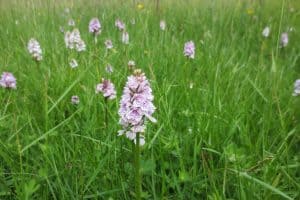
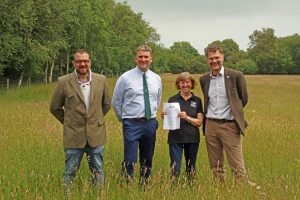
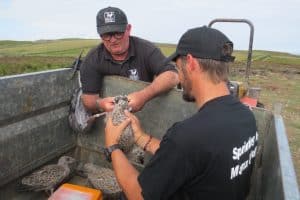
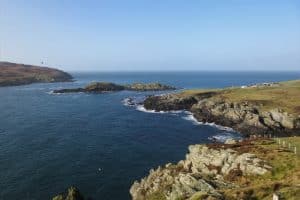
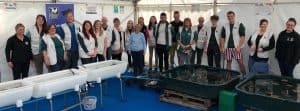
The MWT has been a strong partner of UKOTCF and its wider network of organisations in recent years by taking part in our Membership and Associate organisation exchanges. These support ongoing projects by helping to build capacity for the long-term. You can read more about this here
The National Trust for Jersey is an independent and charitable organisation dedicated to preserving and safeguarding sites of historic, aesthetic and natural interest for the benefit of Jersey. Established in 1936, the Trust is now the island’s largest private land-owner, caring for over 130 sites.
Within that number are a variety of historic buildings, including five farms, four cottages, two watermills and various historic military buildings. However, the majority of the Trust’s sites are areas of land, forming an integral part of the island’s natural environment and encompassing a rich variety of habitats such as woodland, farmland, heath-land, meadows and wetland. The Trust currently employs 14 full time staff and 2 part-time staff. Staff members are responsible for key aspects of the day to day management of the Trust. To accommodate the various roles of the Trust the staff is split into several different departments: Properties, Land, Office and Education.
Being a local self-funding charity and totally independent of the States of Jersey, the National Trust for Jersey is heavily reliant on donations and bequests for the funding of its essential programme of repair works and regular maintenance. An important part of the Trust’s income is derived also from the rental of its properties, which unfortunately results in limited public access to many of its buildings. However, one can visit three historic buildings during the summer and, except for sensitive conservation areas, all Trust lands are accessible freely, providing a valuable opportunity for people to enjoy and appreciate Jersey’s countryside.
The Société Jersiaise was founded in 1873. It promotes and encourages the study of the history, the archaeology, the natural history, the language and many other subjects of interest in the Island of Jersey.
It works with the Jersey Heritage Trust and the Jersey Museums Service, and provides information and volunteers.
The Société aims to ensure the conservation of the Island’s natural environment and the preservation of Jersey’s historical buildings and monuments. It has an immense collection of artefacts, books, paintings, photographs and maps of the Island.
It publishes books and articles on topics of local interest and houses exhibitions and displays of work. Through the Barreau Art Scholarship, it encourages contemporary art by young Islanders.
Established in 1970, the Montserrat National Trust is the only NGO commissioned with the preservation of Montserrat‘s Heritage.
The dedication of its many volunteers has kept the trust alive and has been vital to the institution completing its many projects. The membership includes the local community and the vibrant Montserrat population now living overseas. Its daily operations are run by a staff of five with its organisational oversight provided by a board of executives.
The Trust’s main objectives are:
- to conserve and enhance the beauty of Montserrat;
- to preserve and rehabilitate historical sites, including but not limited to buildings, monuments, documents, chattels etc;
- to preserve the fauna and flora of Montserrat. Making the public aware of the value and beauty of the island’s heritage;
- to pursue a policy of preservation and act in an advisory capacity;
- to acquire property for the benefit of the island;
- to attract funds by means of subscriptions, donations, bequests and grants for the effective carrying out of the objects;
- to compile a photographic and architectural record of the above.
At the time of writing, most of UKOTCF’s in-territory project work is with partners on Montserrat, primarily MNT. For over 20 years, we have worked on a variety of projects.
Some examples include: providing international expert advice to improve incorporation of environmental considerations in physical planning; leveraging marine technical support from Waitt Initiative (worth approx.$500k p/a); securing British Museum support for archive preservation and other grants for rain-water capture in the botanic gardens; giving oral and written evidence to UK Parliament’ Environment Audit Committee; supporting attendance of Montserrat personnel at working meetings and their inclusion in inter-territory discussions, leading to partnerships with other UKOTs; creation of a virtual tour and social media for the Montserrat National Trust (MNT); access to several EU-funded projects (NetBiome; BEST); facilitating training & planning on implementation of international commitments; coordinating discussions at start of volcanic activity to develop emergency programmes, leading to several still-current conservation and research projects (Centre Hills biodiversity assessment); biodiversity survey & planning study; volunteer placements; establishing international important sites under the Ramsar Convention on Wetlands; creation of a nature guide-book to support local economy and provide a modest funding stream for MNT
In 2016, UKOTCF signed a Memorandum of Understanding with the Montserrat Government (GoM) and Montserrat National Trust (MNT). This acknowledged the partnership and aimed to ensure continuation of UKOTCF support.
The most recent 2-year project in Montserrat ends in March 2017, for more information visit our project page
The Pitcairn Natural Resources Department is responsible for conservation and environmental matters on the four islands of Pitcairn, Henderson, Ducie and Oeno which form the Pitcairn Islands.
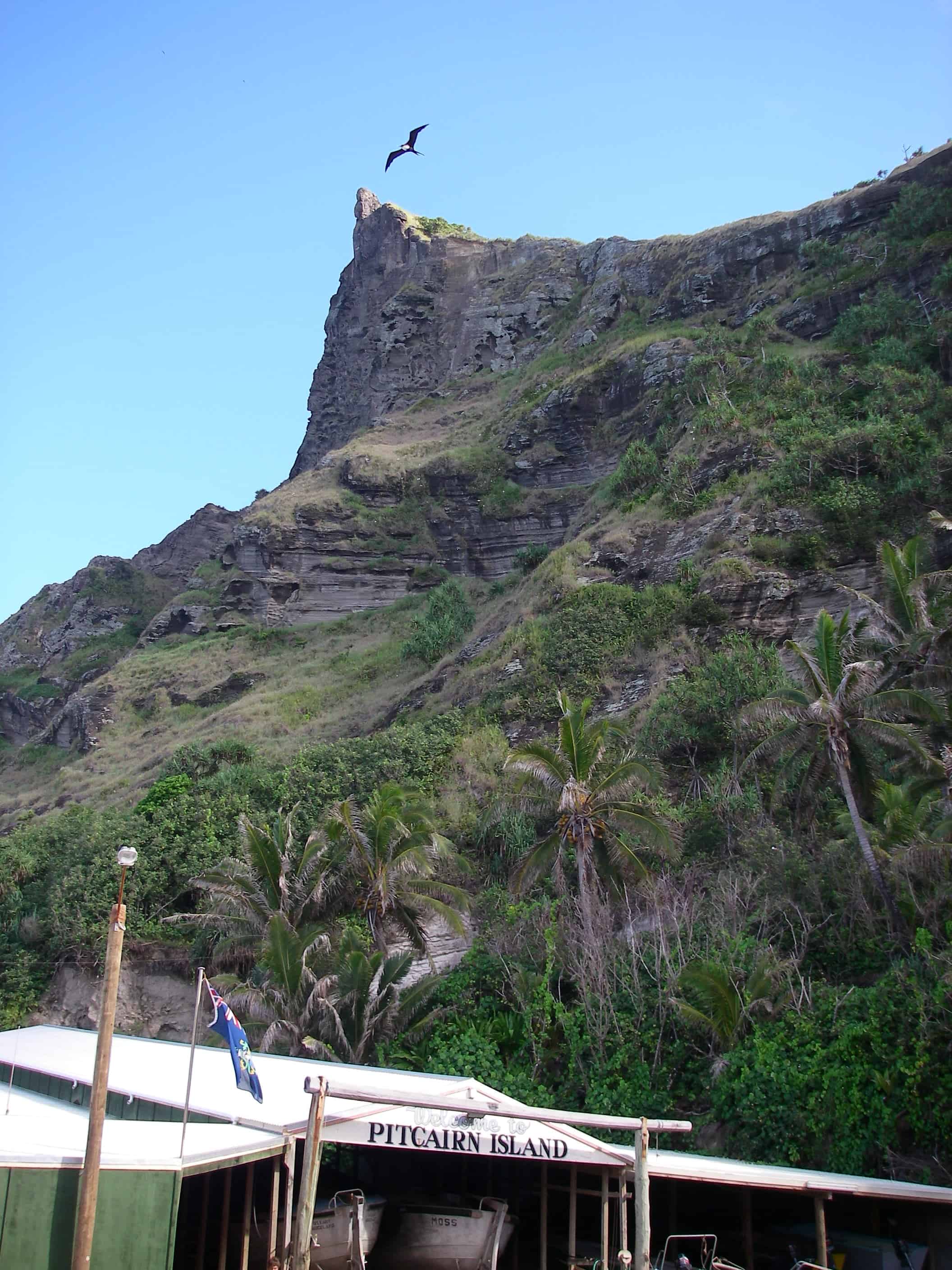
The flora and fauna of the Pitcairn Group is unique, with a number of endemic and endangered species. Challenges exist for nature conservation on the islands, including invasive non-native species, soil erosion and, on Pitcairn itself, infrastructural development issues. Careful environmental management is needed to ensure sustainable development.
The Natural Resources Department is working to ensure that sustainable development proceeds alongside environmental protection and conservation of local natural resources, using the Environment Management Plan as a framework.
The Department works with a number of international organisations in order increases its capacity to respond to the challenges faced. These come together as a group at the Pitcairn Environment Group each year, meeting in London, with a link to Pitcairn, to discuss various conservation initiatives.
La Société Sercquiais is an affiliated group of the La Société Guernesiaise. It shares a similar mission to encourage the study of the history, natural history, geography and geology of Sark, the conservation of Sark’s natural environment and the preservation of its historic buildings and monuments.

Among other collaborations, it worked with UKOTCF in preparing the designation of Sark’s Wetland of International Importance under the Ramsar Convention.
The St Helena National Trust is an independent ‘not-for-profit’ organisation, launched in May 2002, the 500th anniversary of the discovery of the island. With some input from UKOTCF, it brought together several pre-existing NGOs.
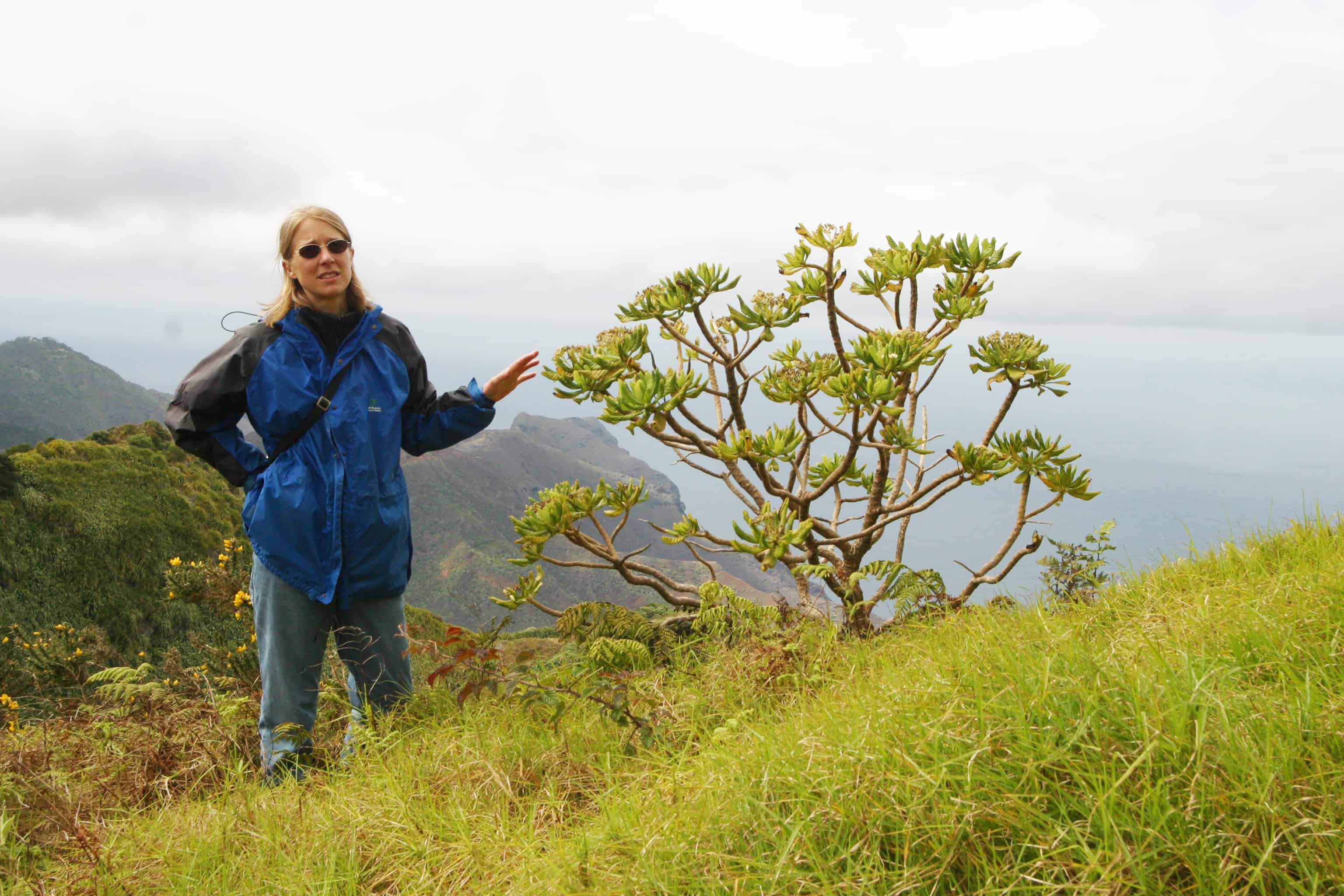
It aims to promote the appreciation, protection and enhancement of St Helena‘s unique environmental and culture heritage.
The Trust acquires, and holds in perpetuity, land of natural beauty or buildings and objects of historic or cultural interest, for the benefit of people today and of future generations.
It recognises the importance of enabling the people of St Helena to have a stake in the future of their unique environmental and cultural heritage, and provides opportunities for enjoyment, education, recreation and spiritual refreshment.
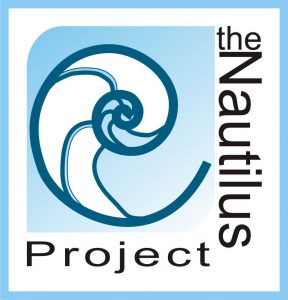
The Nautilus Project (TNP) was established in 2016 and are the main marine conservation charity in Gibraltar. The non-governmental organisation has achieved several important milestones since its inception. These include (but are not limited to):
Habitat restoration: Regenerating lost seagrass beds
TNP actively contributes to the restoration of Posedonia seagrass beds in the waters surrounding Gibraltar. These important marine plants serve as new habitats for marine organisms including the iconic seahorse. By strategically placing them on the east side away from bunkering, the project aims to promote biodiversity and bolster fish populations. These important habitats offer shelter, breeding grounds, and feeding areas, mitigating the impact of overfishing, habitat loss and climate change.
Beach Cleanups: Tackling Plastic Pollution Head-On
Since 2017, TNP has orchestrated over 119 beach cleanups along Gibraltar’s picturesque coastline. Volunteers, armed with determination and eco-friendly buckets, comb the shores for plastic debris. Their tireless efforts have resulted in the removal of more than 9 tonnes of plastic waste. By preventing plastic from entering the marine environment, they safeguard marine animals and preserve the natural beauty of the coast.
Empowering Citizen Scientists
The project champions a citizen science platform called NEMO (Nautilus Environmental Monitoring Online), inviting the community to actively participate in marine monitoring. Everyday people become environmental detectives, recording important sightings of marine life. From invasive species to endangered ones, every observation matters. By involving citizens, TNP contributes valuable data to ongoing research and conservation efforts.
Education: Nurturing Stewards of the Sea
Education lies at the heart of TNP. Through workshops, engaging talks, and interactive sessions, they raise awareness about the delicate balance of marine ecosystems. Schoolchildren and adults alike learn about the importance of protecting our oceans. Armed with knowledge, they become stewards of the sea, advocating for sustainable practices and inspiring positive change.
The Turks and Caicos National Museum is a not-for-profit organisation aimed at recording, interpreting, preserving, and celebrating the history of the Turks and Caicos Islands and its people, and is run as an independent company with a Board of Trustees. It was opened officially on 23rd November 1991. However, the first thoughts of a museum had been voiced during the excavations of the Molasses Reef Shipwreck between 1982 and 1986.
The Turks and Caicos National Museum’s main site is located on the island of Grand Turk in the Turks and Caicos Islands; it is housed in a lovely Bermudian-style building, considered to be one of the oldest surviving private residences on Grand Turk. Its exact date of construction is unknown, but the style and some documentary evidence suggest it dates prior to 1850. In recent years, a second site is being developed on Providenciales.
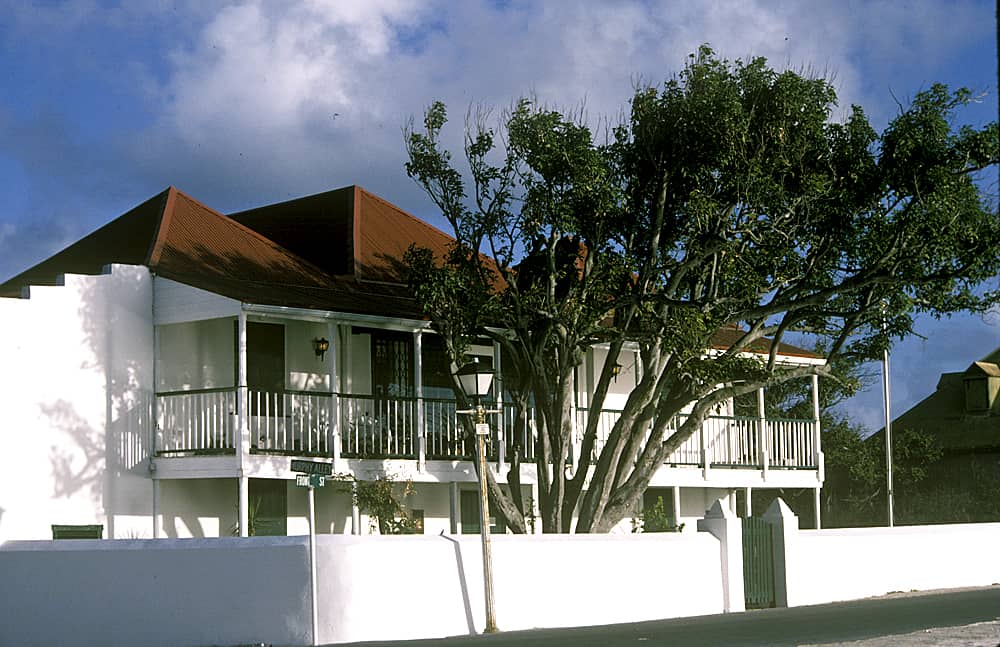
One of the premiere exhibits in the Grand Turk Museum concerns the Molasses Reef Wreck. About 1513, on a reef located on the southern fringe of the Caicos Bank some 20 miles south of the island of Providenciales, a ship sank. This ship, known only as the Molasses Reef Wreck, is the oldest European shipwreck excavated in the Western Hemisphere. The Museum’s first floor is dedicated to what archaeologists, scientists, and historians have discovered about this wreck. The second floor of the Museum is dedicated to the History of the Turks and Caicos Islands. Some of the very interesting exhibits are its first (pre-Columbian) inhabitants, the Lucayans, along with Slavery and Emancipation, the Salt Trade, the Government, and TCI’s famous stamps.
The Botanical and Cultural Garden was revamped after the devastation of Hurricane Ike in September 2008, and is receiving attention after Hurricanes Irma and Maria in September 2017. Tours of the Botanical Garden are run in normal conditions.
Turks and Caicos provides extremely good opportunities for bird-watching, and the Museum partnered with UKOTCF to help establish bird-watching tours throughout Grand Turk, especially along the many salt ponds, which need protecting. These salt ponds are home to a unique variety of birds, and in situations in which water-birds regularly approach people much more closely than almost anywhere else in the world. This was then extended to produce guide-books to each of the main islands which can be purchased online.
Together with UKOTCF, and the Department of Environment and Coastal Resources, and with a grant from the Royal Bank of Canada, the Museum established a demonstration garden, which uses rainwater harvesting at its new site on Provo (project page). Once established, local RBC staff, together with DECR, continue to add to, and tend to, the garden to keep it going.
The Turks and Caicos National Trust is a membership, non-profit, non-governmental organization dedicated to the preservation of the cultural, historic and natural heritage of the Turks and Caicos Islands. It was founded in 1992, after the passage of enabling legislation by the TCI Government. The Turks and Caicos National Trust is governed by a Council, which includes representatives from all the inhabited islands in the TCI.
The enabling legislation gives the Trust a wide variety of powers, among which are the powers to: identify, investigate, classify, protect and preserve any area, site, building, structure, or object of cultural, historic or natural significance; hold property in trust for the future, including the powers to declare such property inalienable and to provide public access; create a Heritage Register; promote public awareness through education; to preserve and propagate wildlife; preserve and promote the National Treasures.
UKOTCF worked closely with TCNT for over a decade from the mid-1990s to help it rebuild successfully, although later set-backs need further work to overcome
The Turks and Caicos Reef Fund was established to help preserve and protect the marine environment of the Turks and Caicos Islands – an environment that draws so many visitors to the islands and is critical to the survival of the islands themselves.
One of its first project, in cooperation with the Turks and Caicos Islands Department of Environmental and Coastal Resources, was the refurbishing and replacement, as needed, of the snorkel trail markers on the reef in front of the Coral Gardens Resort. The snorkel trail is an attraction that is well known and heavily utilized by visitors to the islands, but hurricanes, storms & algae growth has taken its toll over the past several years. This involves replacing markers and reef ball support stands and visiting the site regularly to perform cleaning and maintenance of the markers, reef-ball stands and marker buoys for the benefit and enjoyment of all visitors.
TCRF’s projects aim to protect the marine environment, but, given that the whole of TCI is a coastal habitat, their work takes a broad approach to management of natural resources. It works with several international partners and has been awarded several grants including from the European Union, including for the development of a coral reef nursery with partners in other EU Caribbean territories and a study to understand coral reefs off the coast of East Caicos.
Current UK and international conservation and scientific organisations which are Members and Associate organisations:
The Amphibian and Reptile Conservation Trust (ARC) was established in June 2009. It was created around the core of the Herpetological Conservation Trust (HCT), in response to the wider needs of herpetofauna conservation, providing the UK focus for all aspects of reptile and amphibian conservation. Thus, ARC looks more broadly than the traditional focus on nature reserve management and rare species action plans and advocacy that had been the main reason for HCT’s formation in 1989. The creation of ARC was more than a rebranding exercise – it was established following extensive discussions with other organisations who had expressed a desire to work with and support the aims of the new charity.
In the UK, Overseas Territories and Europe, ARC is committed to ensuring that new legislation and policy-decisions fit the needs of wildlife, particularly amphibians and reptiles. It works towards influencing policy relating to agriculture, habitat conservation, wise water-use and planning. While being based in the UK, ARC has a global remit. Its main area of interest outside of the UK is promoting reptile and amphibian conservation in Europe and the UK’s Overseas Territories and Crown Dependencies.
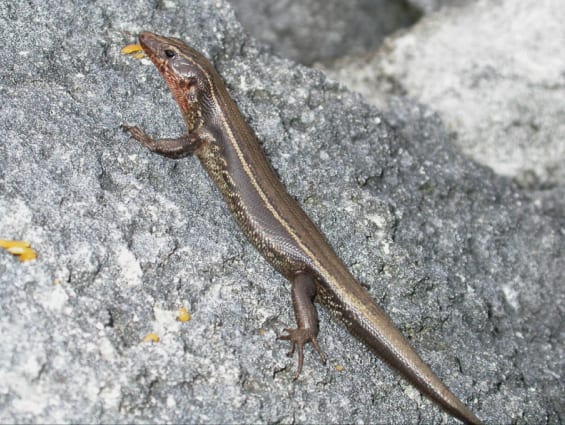
ARC has undertaken work in the UK Crown Dependencies. This has included a great deal of work in Jersey: surveying and monitoring species, habitat management work and providing conservation advice for the agile frog and green lizard; supporting the development of the action plan for the agile frog, making good links with Durrell Wildlife Conservation Trust, and promoting survey through the National Amphibian and Reptile Survey on Jersey and the Isle of Man. ARC also produced a draft Action Plan for the Bermuda skink Plestiodon longirostris and has attended four of our organised conferences.
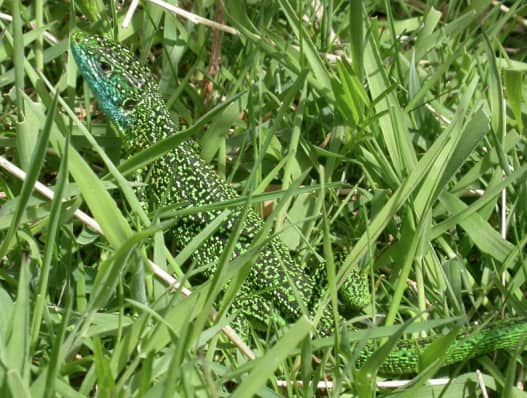
With the financial support of the Joint Nature Conservation Committee, the ARC initiated a complete species inventory and overview of conservation and research priorities for the amphibians and reptiles in the territories. A working document was produced in March 2009 and is available here.
For more information on their overseas work.
Contact: Dr Tony Gent
The Army Ornithological Society (AOS) members provide the Army’s focal point for ornithological issues by getting involved in conservation work, bird counts and other Ministry of Defence (MOD) and civilian schemes through field trips, overseas expeditions and scientific studies.
Past expeditions have visited Ascension Island, as well as foreign countries: Belize, Canada, Croatia, Ecuador, Ethiopia, Holland, Nepal, Spain, Thailand and The Gambia. Membership is open to serving and ex-Army personnel, other Services and their families, MOD-employed civil servants and members of Commonwealth Forces. Contributing to the British Trust for Ornithology’s national bird atlas was just one small part of activities and, whether just starting out or with a detailed knowledge of birds, the Society welcomes all to its ranks and makes a point of developing interest through practical field activities.
British military ornithological societies have monitored the colony of sooty terns and other seabirds on Ascension Island in the South Atlantic since 1987. The first population census was completed in 1990 ten years prior to the commencement of the RSPB-led cat eradication on the Island. Sooty terns were monitored closely during the two years when cats were culled, and now AOS continue the monitoring in the post-eradication phase. Several reports and scientific papers have been published using the results of the surveys.
The Royal Air Force Ornithological Society was formed in 1965, with the aim of bringing together all those members and ex-members of the RAF interested in ornithology. RAFOS has an internationally renowned reputation, specialising in expeditions to remote locations. RAFOS has undertaken formal studies on behalf of the British Trust for Ornithology, the Royal Society for the Protection of Birds, the Wildfowl and Wetlands Trust, the Joint Nature Conservation Committee, Scottish Natural Heritage, BirdLife International, the Cyprus Conservation Foundation, the Italian League for Bird Protection and Birds Australia.
Reports on all expeditions and field study are held in the RAFOS Library and are available for academic research. RAFOS publishes a regular Newsletter and a Scientific Journal.
Qualified ringing studies are undertaken in association with the British Trust for Ornithology (BTO) and follows its principles. Ringing is undertaken also on expeditions and field study where appropriate, assisting local projects. The Society supports ringing training and has a dedicated ringing co-ordinator.
RAFOS is always keen to contribute to bird study and conservation projects in Overseas Territories. Please contact the Field Activities Liaison Officer though the RAFOS web-site.
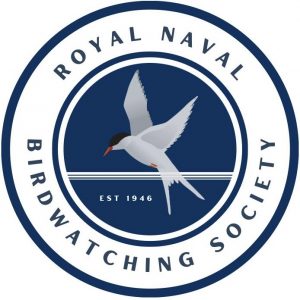
The Royal Naval Birdwatching Society (RNBWS) is one of the world’s oldest ornithological societies. It was launched by Admiralty Fleet Order in 1946 after application by a group of enthusiasts, including Lieutenant Commander Peter Scott and since then has had members worldwide amongst naval personnel, merchant mariners and interested civilians.
Today it continues to pursue its original aims of raising awareness, supporting scientific research and the conservation of seabirds.
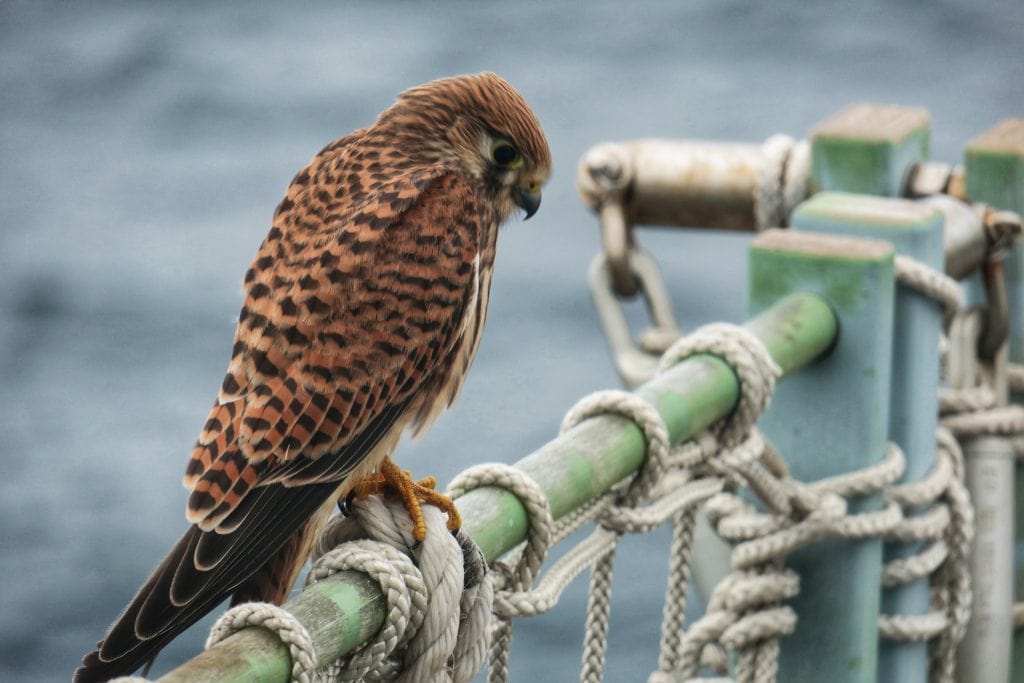
The RNBWS publishes the annual journal ‘Sea Swallow’ and partakes in an active series of fieldtrips throughout the year, which have included regular Spring and Autumn visits to the Portland Bird Observatory.
The Society also makes available a small number of grants per year, to support projects and conservation related activities, primarily relating to seabirds. Beneficiaries over the last year have included the South Georgia Pipit Project, Curlew Country project, and assisting in the conservation of Zino’s Petrel.
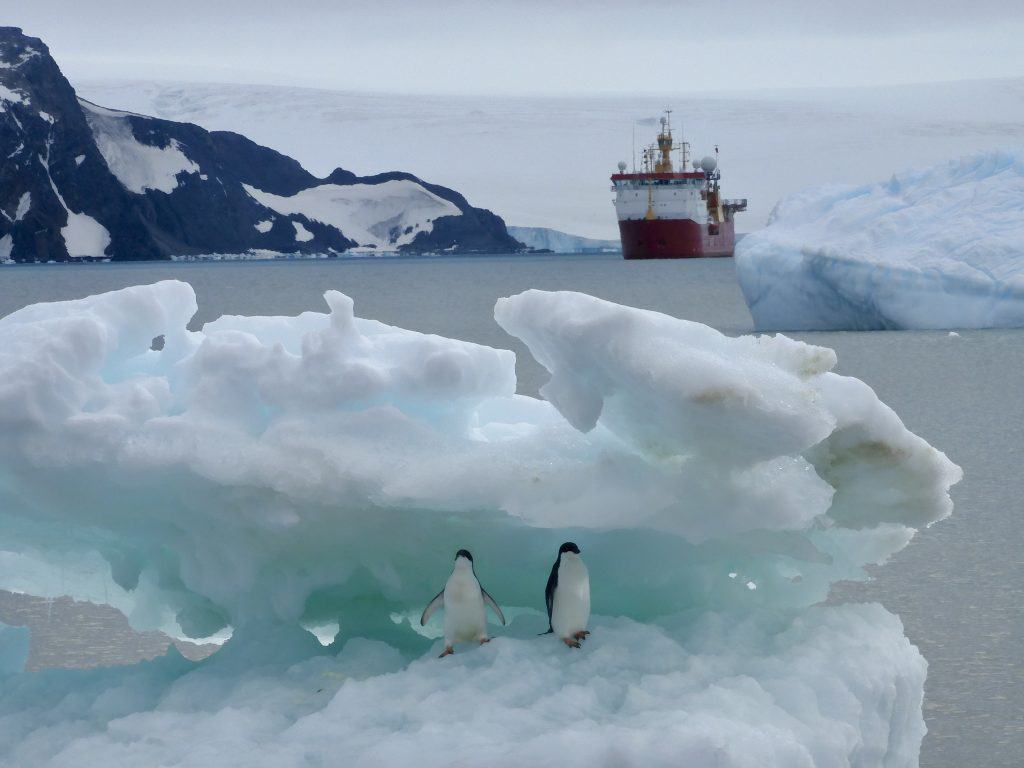
New members are always welcome regardless of being military or civilian, serving or retired, rank or rate. Please do follow us on Facebook (Royal Naval Birdwatching Society), ‘X’ @RNBWSBirder or contact secretary@rnbws.org.uk to find out more.
